Renaissance Art Reproduction
This Renaissance Art Reproduction Page is part of 'The Great Masters' section, if you haven't yet read it, or our 'Home Page', maybe you'd like to check them out before reading on.
The following, is a brief outline of Renaissance Art, with several examples of the more famous paintings woven into the text. If you have a favorite work, just let us know the name of the piece, and we'll create it for you from our vast photo stock.
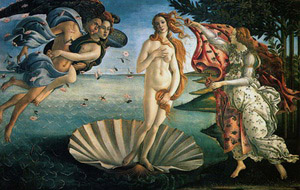
The Renaissance movement began in Italy in the fourteenth century and in lay-mans terms it means rebirth. The Renaissance period was a time of revival based on the Classical world. With regards to literature, the Renaissance writers moved away from the religious oriented Middle Ages to subjects based on society.
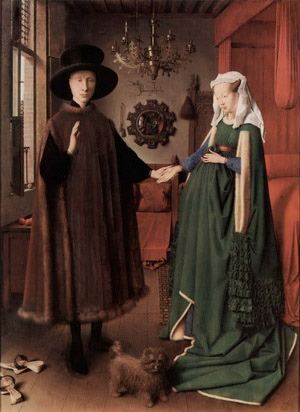 Fine art also changed in that individual expression and worldly experience became the two main themes of the era. Fine art also changed in that individual expression and worldly experience became the two main themes of the era.
The Renaissance period was triggered by increased sophistication within society, where economics, education, and politics were key factors. With more libraries springing up, people began to more thoroughly research the antiquarian world.
The Renaissance period also brought with it wealthy patrons such as the Medic family of Florence, the Sforza family of Milan, and Popes Leo X and Julius II. These patrons helped to push the limits of the Renaissance period in order to create works of great beauty and detail.
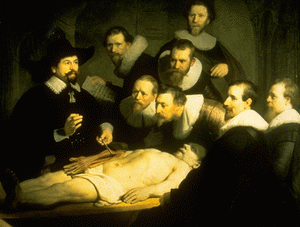 Leonardo Da Vinci represented the essence of the Renaissance alongside Michelangelo and Rapheal. Leonardo Da Vinci represented the essence of the Renaissance alongside Michelangelo and Rapheal.
These artists created works that were long considered to be classical perfection. Other famous Renaissance painters included, Buonarroti, Botticelli and Titian.
Titian, was the greatest painter of the Venetian school during the High Renaissance period. He was born around 1485 and was trained in the studio of Giovanni Bellini. He later became friends with Giorgione and in 1506 assisted him with a fresco in Venice until Giorgione's death, which prompted Titian to finish all his unfinished paintings.
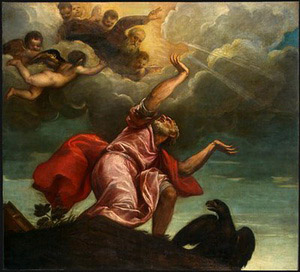 Titian's primary great commission was for 3 frescos in Padua, soon afterwards, he became the official painter of the Italian Republic. Titian's primary great commission was for 3 frescos in Padua, soon afterwards, he became the official painter of the Italian Republic.
He produced great religious and mythological paintings, and skillful portraits. He loved strong colors, contrasts between figures and backgrounds, and great architectural motifs.
His greatest works include the Worship of Venus, The Bacchus Ariadne, and the Bacchanal.
His style changed dramatically after the death of his wife in 1530. His art became much more subtle than the passion shown in his previous work.
Titian's influence on later artists has been extremely profound, and he is undoubtedly one of the most influential artists of his time.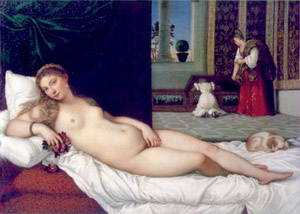 Return to 'Meet The Masters' Return to 'Meet The Masters'
'Return From Renaissance Art To Family And Pet Portraits Home Page'
|
